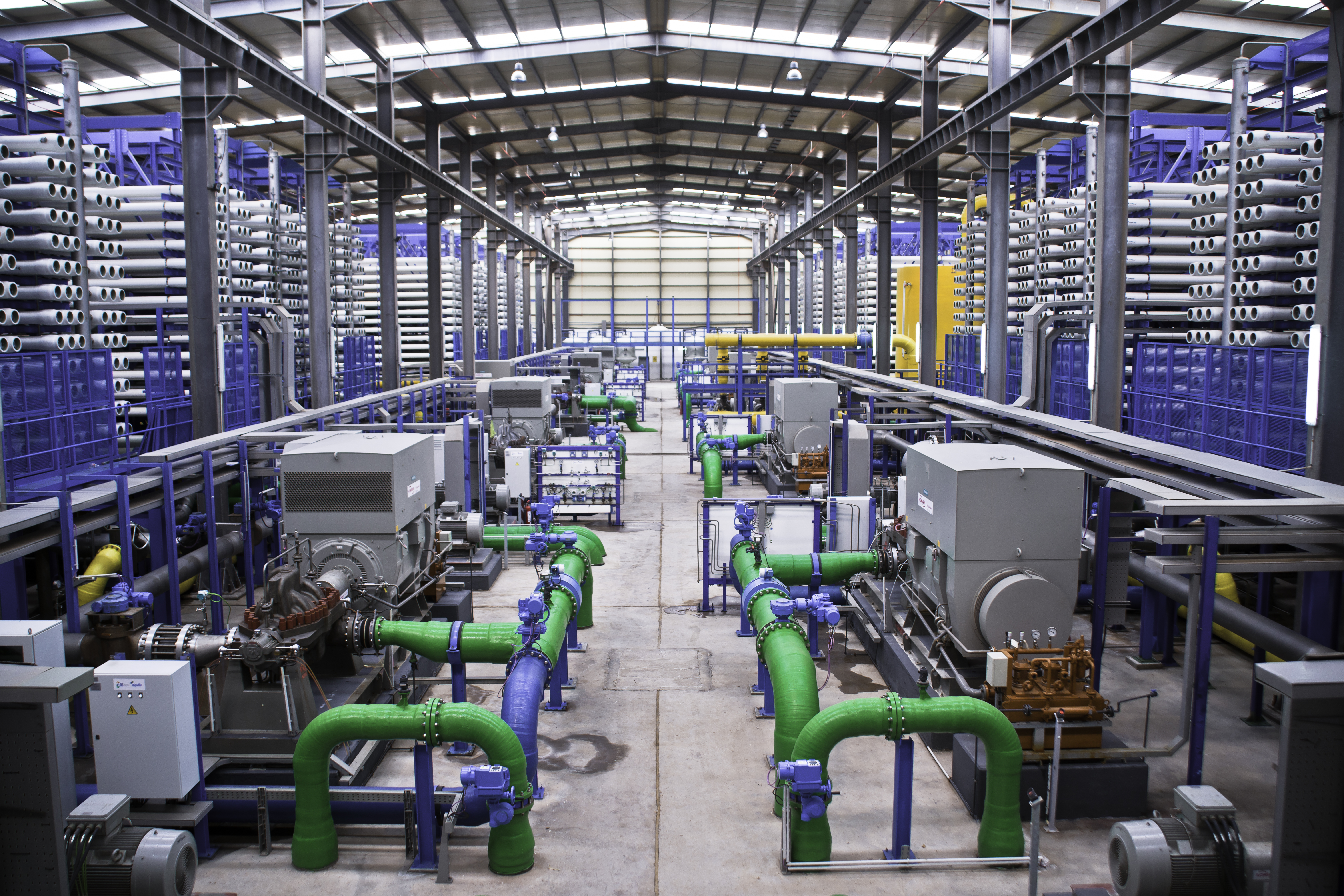Algeria
OSMOSIS DSP
In 2012, Aqualia completed the design and construction project of the reverse osmosis desalination plants in Mostaganem and Cap D’Jinet in Algeria (two of the largest in the African continent). Since then, through a successful PPP program, the company has been operating and maintaining these important infrastructures, which are key to meeting the water demand of this Maghreb country.
The Cap Djinet desalination plant project in Algeria, designed to address the severe water scarcity crisis in the country, was selected as a best practice case by the United Nations and as an example of the benefits of public-private collaboration in the water sector. The document published by the UN was prepared by IESE and Aqualia within the framework of the PPP for Cities program. The study highlighted the value of public-private collaboration by bringing in specialized companies with the necessary "know-how" for the design and commissioning of a technically complex facility like a desalination plant. Thanks to this scheme, the private sector provides technology, experience, investments, and efficiency, while the public sector can offer the necessary guarantees and administrative requirements for such operations.

In the case of the Mostaganem desalination plant, the facility recently carried out an innovative project to clean its intake structures. The traditional mechanical cleaning using divers to remove sediments from the intake structures of desalination plants was replaced in this facility by the use of PIG (Pipeline Inspection Gauge) technology. This technique, which has been primarily used in the petrochemical sector, was successfully employed at the plant, marking one of the few times it has been applied to a desalination plant of this size.
PIG technology is based on performing an internal sweep of the pipes by moving a cylindrical cleaning element through their entire length, which removes the sediments adhered to the inner surface as it passes.
This system drastically reduces the traditional plant downtime for such cleanings, resulting in significant cost savings from the lack of production. Additionally, the more efficient use of diving resources and other marine works allows the total maintenance cost of the intake structures to decrease significantly.





